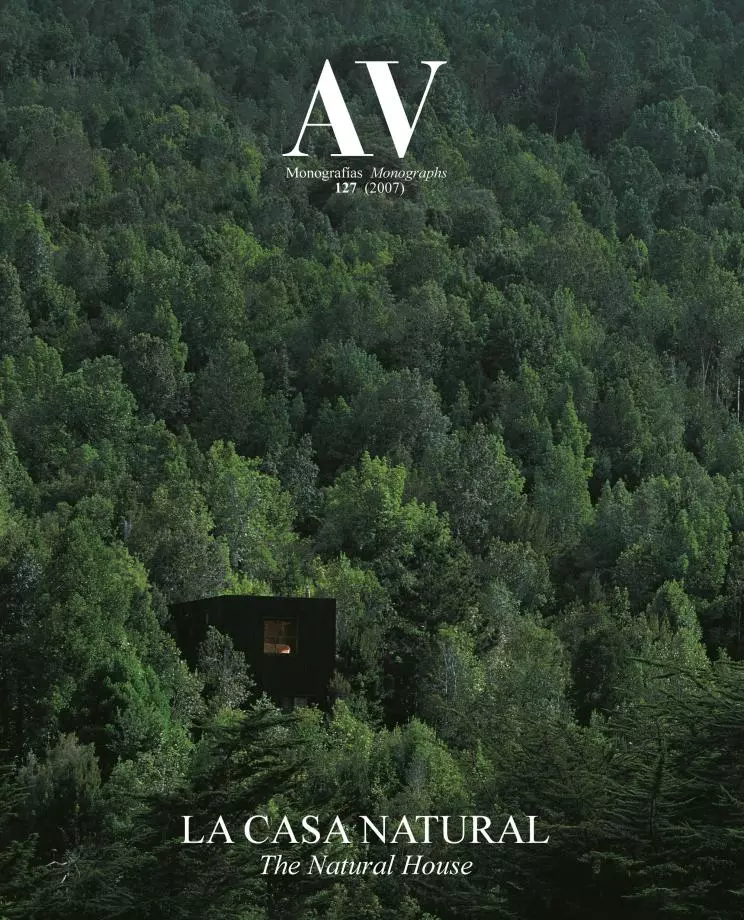
Nothing is more natural than artifice. On the one hand, and no matter how much they may appear opposed, nature and artifact need and strengthen one another through their mutual presence: the natural landscape is enhanced by contrast with the geometry of construction, and the dwelling, for its part, seems more protective in a wild environment. On the other, it is clear that a casual appearance in landscape demands careful gardeners, just as elementary simplicity in construction requires architects of exacting rigor. Naturalness, after all, is hard to achieve, and must be manufactured in the same deliberate manner that we apply to the artificial world. The natural house documented here is doubly so, due as much to its natural location as to the freedom of its design, but at the same time it is far from being natural, for both nature and construction are in the end shaped by convenience or fancy.
In spite of their complementary relationship, the semantic load of these two extremes is almost exactly opposite. Nature and the natural are objects of devotion or desire, and there is no better praise for a person or for a project than finding them truly natural; artifice, artificial and artificiality, on the contrary, carry a heavy burden of negative overtones. Far gone seems the time when the tameless or wild nature was associated with the feral fear of absence of shelter, and when all the art productions were in the end characterized by their utilitarian beauty, as artifacts made by expert artisans. Today the natural is overrated, perhaps because we openly disregard the persistent faking needed to achieve a natural appearance. The Wrightian echoes of our title wish to convey an ironic warning about the organic and its metaphors, which the houses in the issue ignore with stubborn indifference.
Beyond these cues, the coda of the auction houses proposes a bittersweet comment on the contemporary celebration of signature architecture, whose products often pass from the dream of the project to the limbo of the museum, skipping the period of inhabitation and use. Cold and sterile, these spaces conceived for life come to a halt at the cryogenic threshold of death, sadly trapped in the golden aura of admiration like insects in amber. When in New Canaan, Philip Johnson avoided spending the night at the canonical Glass House, preferring the opaque comfort of his Guest House, a behavior that evidences the distance between manifesto and shelter. We do not know how many of the houses published here will finally encounter that fate of tribute and showcase, but surely more than one of them will end up in the cushioned glow of auction houses, an uncanny space where artificial nature is granted the artifice of value.






